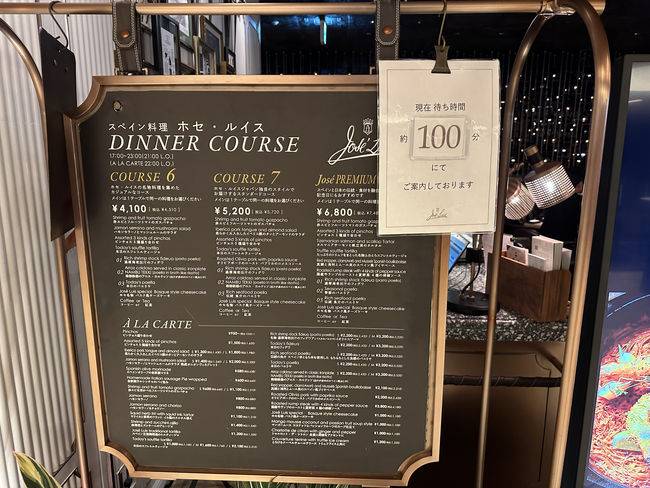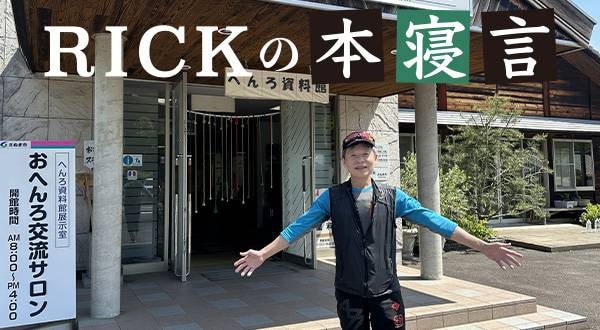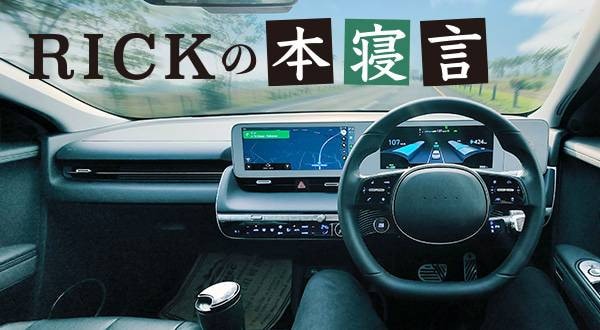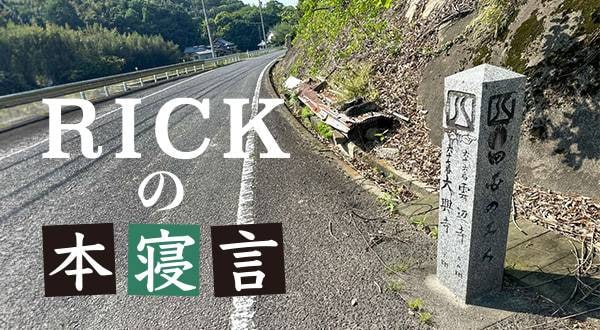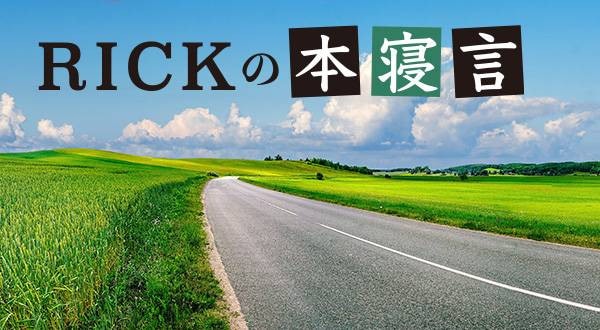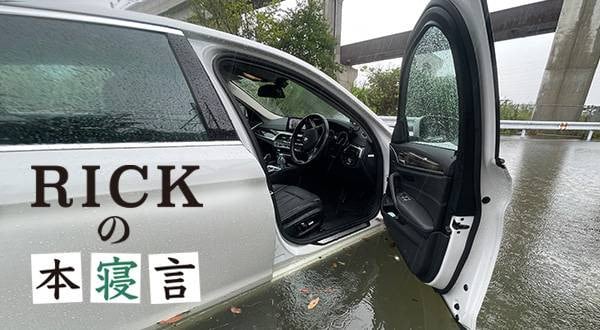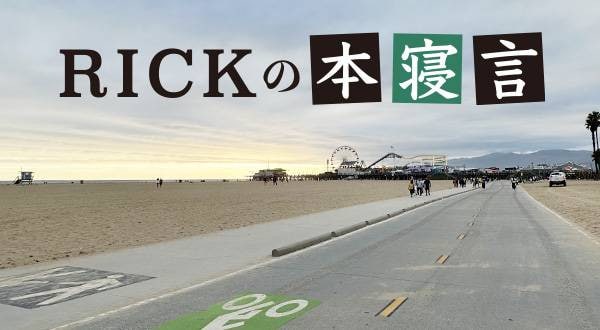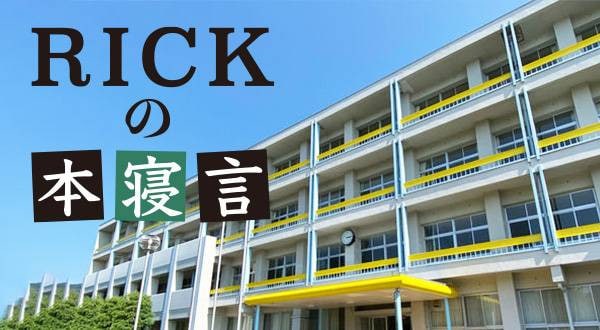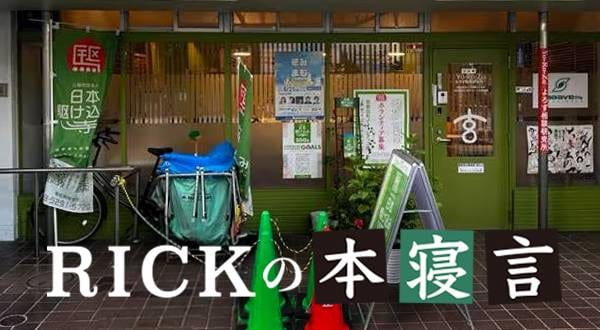On September 22, the reunion for the graduates of the Wharton School, a graduate school from which I graduated exactly 40 years ago, was held in Shibuya. I have only attended one such reunion in the past. Unlike my friends from junior high school and high school, I have no contact with my classmates from university and graduate school after graduation, and since this reunion is not limited to the year of graduation, I rarely see classmates from my year that I know. Anyway, with so many years separating us, even if I attended the reunion, I would probably be the oldest person there and I would not even know what to talk about.
For some reason, however, I had a change of heart and I decided to participate this time. The reunion took place at a small restaurant near Shibuya Station, so it was only natural that my heart felt differently. After all, I was born and raised in Shibuya. I have been familiar with the area around Shibuya Station since the days when the only cars in Tokyo were black Toyopets made by Toyota. I miss the Showa period when the station was served by a chin-chin train and the Kanda River ran through it, and rats were scurrying around everywhere. At that time, half of Koen-dori was a field. NHK and Yoyogi Park, where we live today, used to be the dormitory of the U.S. military base called Washington Heights.
Shibuya in the Showa period (1926-1989) was a vibrant place, riding the wave of postwar economic development. The area around the station was crowded with waves of people, and commuters were always coming and going. I was one of them, and every morning I took the bus to Shibuya Station and then the subway to elementary school. The area around the station was full of stores, but a little further away from the station, the town was still very simple. There was the Hachiman Shrine near my house, and I loved going there to scoop goldfish during the summer festivals. The nearby butcher shop, grocery store, fish shop, senbei shop, and bicycle shop were also nostalgic.
Before I knew it, Shibuya had developed into Japan's cutting-edge youth town, and the city had undergone a complete transformation. It is said that high-tech companies have all set up their offices in Shibuya, and that simply having a company in Shibuya makes it easier to attract the best talent. Of course, the company's status would also make a good impression. The scramble crossing in front of Shibuya Station and the Hachiko statue have also become world famous. When tourists from other countries visit Japan, they first come to see this intersection. They take a seat by the window of a Starbucks on the second floor by the intersection and watch the waves of hundreds and thousands of people crossing at once. I wonder how so many people cross the intersection diagonally and do not collide with other people.
It was in the late 1980s when the Japanese economy was beginning to show signs of collapsing in the bubble economy that I said goodbye to Shibuya. My mother's business had come to a standstill after she failed to collect on a loan and was cheated out of her savings by an acquaintance, leading to the sale of the family home in Shibuya, where we had lived for many years. At the time, I had just returned from the U.S. and was already living alone in an apartment, so although the loss of my parents' house was disappointing, I did not worry too much about it. The fact that I no longer had a home to return to meant that I would have to live on my own from now on. A few years later, I started my own business Sound House in Narita, and my last ties to Shibuya were severed. I was so busy with my work that I think I forgot about Shibuya altogether.
My heart was finally moved when I heard that there was going to be a reunion near Shibuya Station. What kind of meeting would it be? What kind of people would be there? Would there be food? I had no idea what to expect, but I decided to go. After all, I had hardly been to Shibuya in the past 20-odd years. In particular, I had not been to the east side of the station at all. During the Showa period (1926-1989), there was a Shibuya police station at the east exit of the station where judo and kendo were taught to children, and I myself went there for a while. There was also the Tokyu Bunka Kaikan in front of the station, a planetarium on the roof that I frequented, and a movie theater on the fourth floor. The first movie I ever saw was the blockbuster Planet of the Apes, which my late father took me to see. Because of this, the east exit of Shibuya Station is also a familiar place for me.
The east side of Shibuya Station witnessed the same dramatic changes as the west side. The east side has also become a high-rise district with modern commercial facilities and high-tech offices, which are directly connected to Shibuya Station. What surprised me was the sheer number of people. Not only were there a huge number of foreigners, but for some reason there seemed to be a lot more Japanese women. Another thing that surprised me was that although Shibuya Station has become a high-tech building district, it is still under construction, and the area around the station was crowded with people. The passageways were narrow, the ground was bumpy, and there were clusters of people everywhere, which slowed down the flow of people. Maybe it was because of the three-day weekend that was happening at the time. Moreover, the overpass in front of the station was left as it was in the Showa period. So, the overpass was in bad shape. The stairs also looked as they did in the old days. This contrast between old and new was also interesting.
At the reunion I attended, I met an alumnus who was born in the Heisei era, and to my surprise, he was a customer of Sound House. He was surprised to learn that I was the founder of the company, and in fact, he is bilingual and also a DJ. “How about you quit that consulting job and come work for me!’ I recruited him while slightly joking with him. Maybe that's why I came to this reunion. I looked at the weather radar and saw that it was going to start raining in a few minutes, so I said goodbye to the reunion and headed towards Shibuya station.
I was surprised at the sheer number of people as usual, but since I had not yet eaten dinner, I decided to have dinner on the 12th or 13th floor of the new SKY building on the east exit side of the building, which I had no idea existed. It seems to be a facility where one can enjoy a panoramic view of Tokyo from the top of Shibuya on its top floor. I thought it was a great project. It was already around 9:00 p.m., so I thought I would eat quickly and head home, but that was not going to be the case.
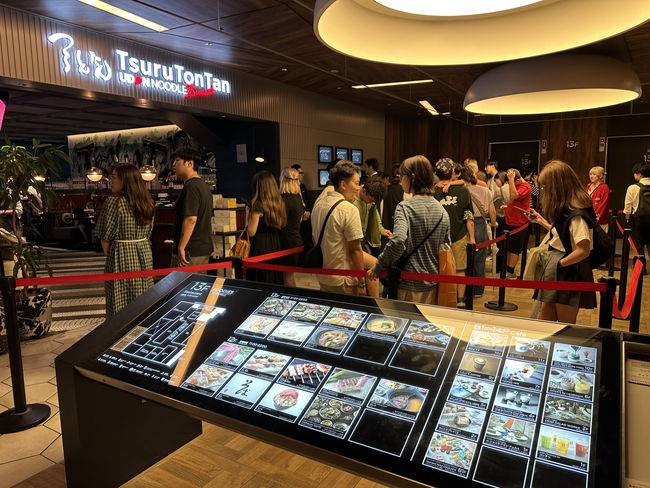 Even though it was past 9:00 p.m., the restaurant area was of course packed with people. And all the restaurants were still full. Some restaurants had lines in front of them, and many people were sitting in chairs waiting. In fact, there were about 30 people standing in line in front of a noodle restaurant called Tsurutontantan. Is it really that good? Jose Luis, a Spanish restaurant, had a sign that said, "Waiting time: 100 minutes”. No way... I went to a restaurant with a bar counter to have a drink, and was surprised to see the counter full of women there as well. Why are you eating dinner after 9:00 p.m.? I was puzzled. I was no doubt one of them.
Even though it was past 9:00 p.m., the restaurant area was of course packed with people. And all the restaurants were still full. Some restaurants had lines in front of them, and many people were sitting in chairs waiting. In fact, there were about 30 people standing in line in front of a noodle restaurant called Tsurutontantan. Is it really that good? Jose Luis, a Spanish restaurant, had a sign that said, "Waiting time: 100 minutes”. No way... I went to a restaurant with a bar counter to have a drink, and was surprised to see the counter full of women there as well. Why are you eating dinner after 9:00 p.m.? I was puzzled. I was no doubt one of them.
As it turns out, I gave up eating in Shibuya. It was already almost 9:30 pm. I told myself that it was better not to eat than to wait and eat at this hour, and decided to take the JR Yamanote line from Shibuya back to Mejiro, where my house is located. Although I was a little disappointed that I could not eat in Shibuya, I was still satisfied to see the drastically changed Shibuya with my own eyes. I could understand why most of the passengers on the JR Yamanote Line get off at Shibuya these days. Many passengers get off the train in Shinjuku and Ikebukuro, but not as many as in Shibuya. The train seemed to be so full of passengers that I thought the train would be empty. This is probably because Shibuya is an attractive area that offers a lot of entertainment and everyone expects it. I would like to pay a little more attention to this kind of Shibuya in the future.
